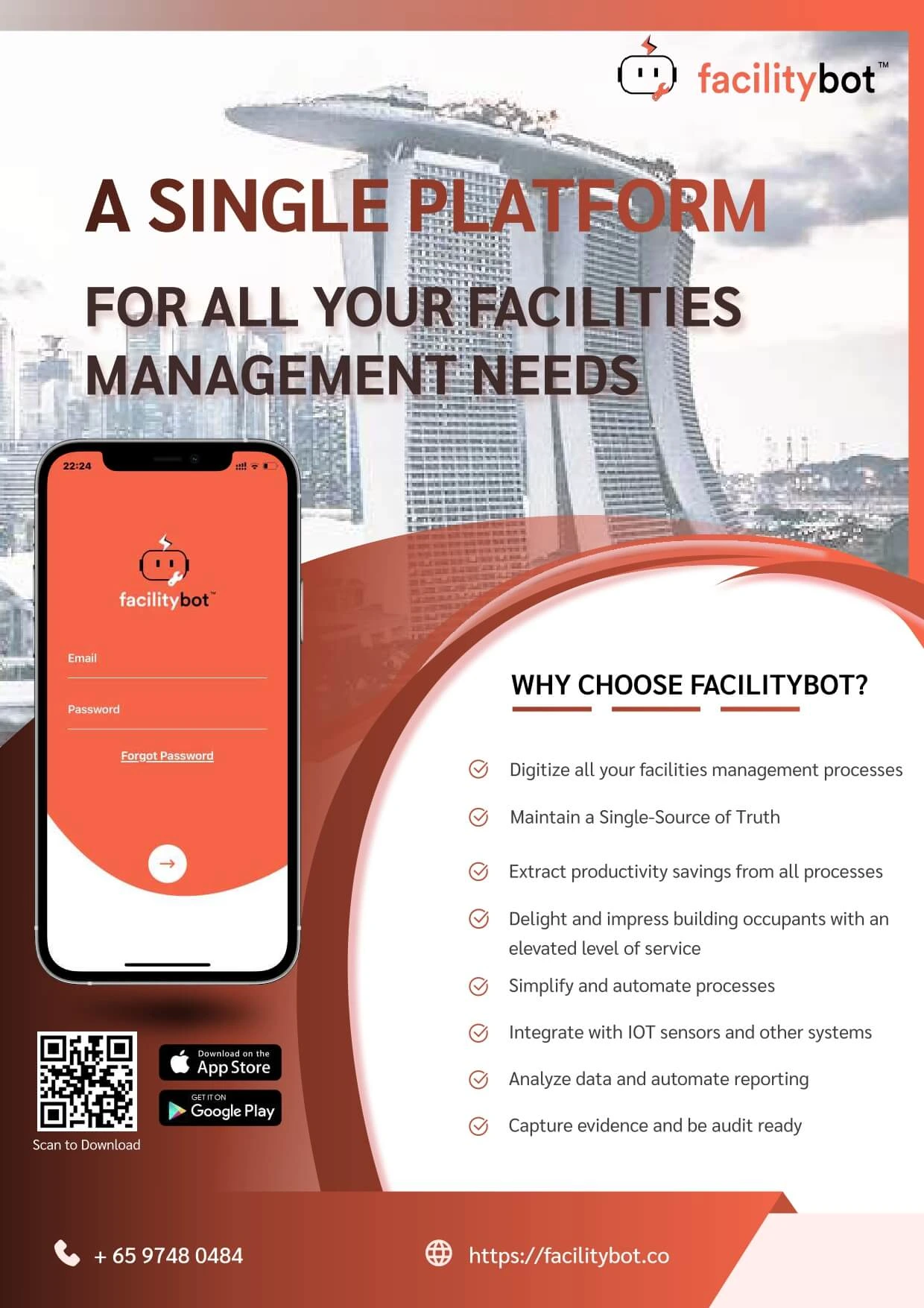Last updated on July 7th, 2023 at 04:41 pm
Maintaining an optimal inventory level is critical for operational success in any facility. Balancing the risk of overstocking or understocking spare parts and consumables can be challenging. Facility managers need a reliable inventory management process to accurately track, control, and optimize their maintenance inventory. This is where CMMS (Computerized Maintenance Management System) software comes in.
Adopting a Data-Driven Approach:
Traditionally, facility managers estimated spare part needs based on experience. However, a data-driven approach offers a more rigorous method of inventory management. By analyzing historical data and utilizing machine learning models, facility managers can predict demand for spare parts, enabling informed decision-making and optimized inventory levels.
Efficient Inventory Tracking:
The foundation of effective inventory management is knowing the current inventory level of each spare part. Manual approaches can be error-prone and time-consuming. CMMS software streamlines this process by providing accurate and real-time inventory tracking. Automated alerts can notify management when stock levels run low, ensuring timely replenishment.
Managing Multiple Locations:
Inventory management becomes more complex when dealing with multiple locations and diverse equipment. Facility managers must decide whether to centralize spare part storage or keep essential items on-site. By comparing spare parts utilization across similar locations, valuable insights on equipment conditions and utilization patterns can be gained. Such comparisons often reveal wasteful practices and opportunities for improvement.
Predicting Demand of Consumables and Spare Parts:
The key challenge in inventory management is accurately predicting demand for consumables and spare parts. This demand is driven by equipment faults and preventive maintenance checks. CMMS software allows for linking inventory items to specific equipment and associating them with fault reports and checklists. By gathering and analyzing this relational data, facility managers can predict demand, adjust reorder thresholds, and optimize inventory levels.
Cost Savings through Improved Inventory Management:
Efficient inventory management directly impacts cost reduction. It leads to lower storage costs and minimizes equipment downtime. Inventory data influences procurement decisions, such as selecting vendors based on lead times for spare part replacements. Additionally, data-driven inventory management helps optimize equipment purchases, considering capital expenditures and long-term consumable or spare part replacement costs.
Simplify Inventory Management with FacilityBot:
Experience streamlined inventory management with FacilityBot, the comprehensive CMMS software solution. FacilityBot offers advanced features for tracking, optimizing, and predicting maintenance inventory. Take advantage of its data-driven approach, automated alerts, multi-location management, and seamless integration with fault reporting and checklists. Lower costs, minimize downtime, and improve operational efficiency with FacilityBot.




